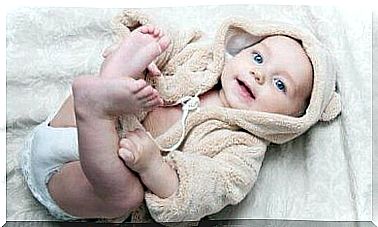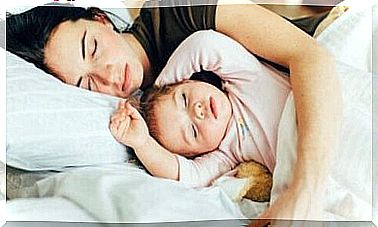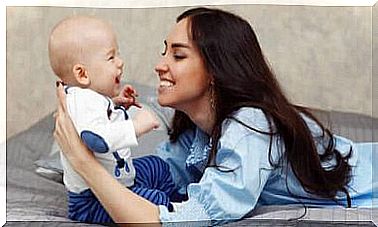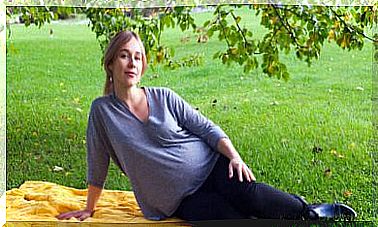The Evolutionary Effects Of Caesarean Section On A Woman’s Body
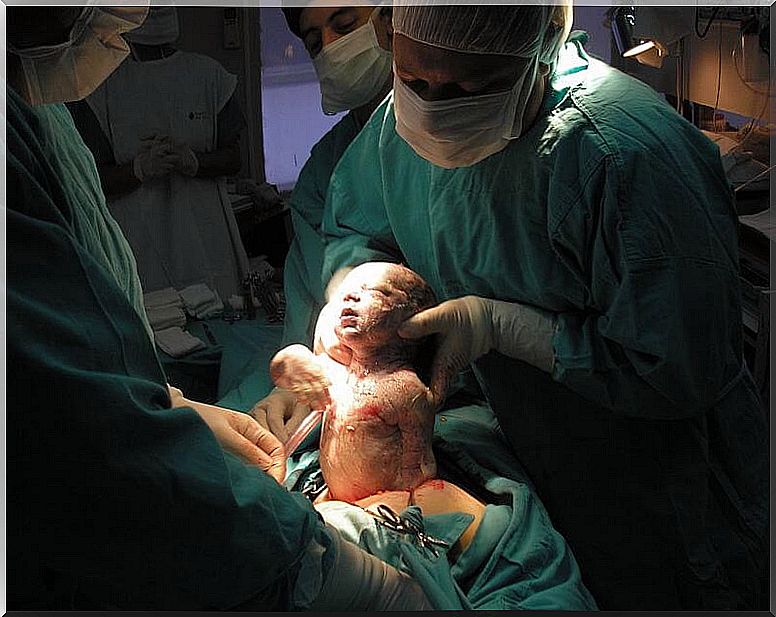
“Very narrow-minded women would not have survived childbirth 100 years ago. Today, the situation is different, and the daughters of these women inherit their mothers ’genes.” This was stated by Philipp Mitteroecker, one of the numerous researchers who investigated the evolutionary effects of caesarean section on a woman’s body. Mitteroecker emphasizes that the purpose of the study is not to criticize the section as a medical procedure, but to show that the caesarean operations performed have had an impact on evolution.
Prior to the existence of caesarean section, the genes defining the narrow pelvis would not have been passed from mother to daughter, as both would have died during childbirth. Today, thanks to the possibility of sectioning, even narrow-minded women are able to give birth and at the same time pass on their genes to their daughters. A study published in the Proceedings of the National Academy of Sciences concluded that performing caesarean sections has had an impact on human evolution.
Evolutionary effects of caesarean section on a woman’s body
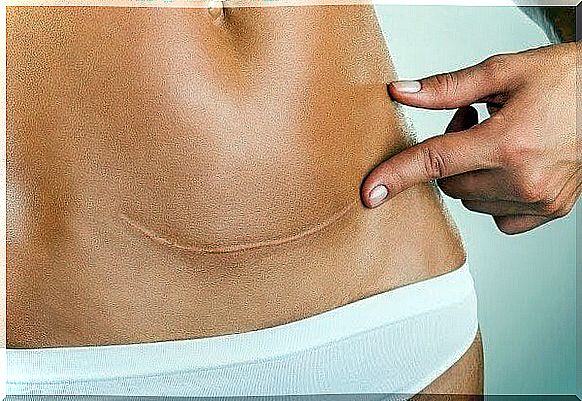
According to researchers, the number of cases in which a child cannot fit through the birth canal has increased. In the 1960s, 30 children per thousand could not fit through the birth canal, compared to 36 thousand today. Austrian researchers believe the trend will continue, but not go so far that natural childbirth will no longer occur.
“Without modern medical intervention, such problems often led to death and, from an evolutionary perspective, to natural selection.” This argument was also made by Mitteroecker, a member of the Department of Theoretical Biology at the University of Vienna.
Evolutionary effects of narrow waist and large babies
The researchers in charge of the study wondered why the human waist has not widened over the years. The head of a human child is large compared to other primates, and thus human birth is, for example, a more difficult process than chimpanzee birth.
The researchers designed a mathematical model using data on newborns collected by the World Health Organization and certain important studies and found opposing evolutionary strengths. On the other hand, children are born healthier and bigger. On the other hand, if babies grow too big, they get stuck during childbirth. In the past, this would have resulted in the death of both the child and the mother, and the mother’s genes would not have been inherited to the next generation.
“One side of this selective pressure has disappeared with caesarean section,” says Mitteroecker. The information gathered leads researchers to assume that caesarean section has two evolutionary effects. First, the number of women whose bodies do not allow preterm birth has increased. At the same time, the number of bigger and healthier newborns is also rising. These children have a better chance of surviving and growing up healthy and strong.
The number of caesareans is increasing
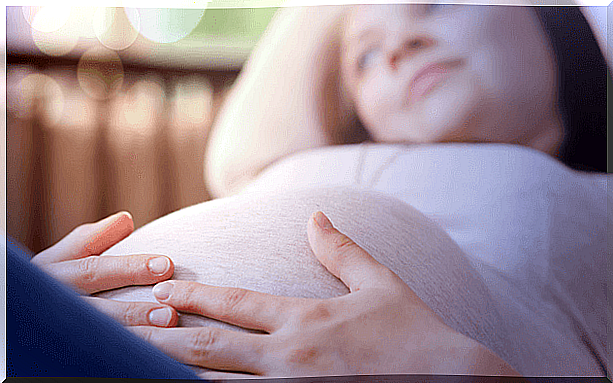
According to data gathered by the World Health Organization, experts around the world agree that the number of caesareans should not exceed 10-15% of all births. In many countries, however, the number of sections is even higher than the number of births. Cesarean section is on the rise in both industrialized and developing countries.
According to the World Health Organization, caesarean section should be performed whenever it is needed, and the number of sections cannot be reduced just to stay within a certain percentage range. Cesarean section for which there is a medical need – for example due to pelvic stenosis or multiple pregnancy – is an effective way to reduce mortality.
However, caesarean section does not benefit the mother or child if the procedure is performed for a reason other than what is considered medically necessary. Cesarean section has the same risks as any surgical procedure and associated anesthesia. The effects of the procedure can be seen for years, and the operation may have consequences for the mother, child, and future pregnancies.
